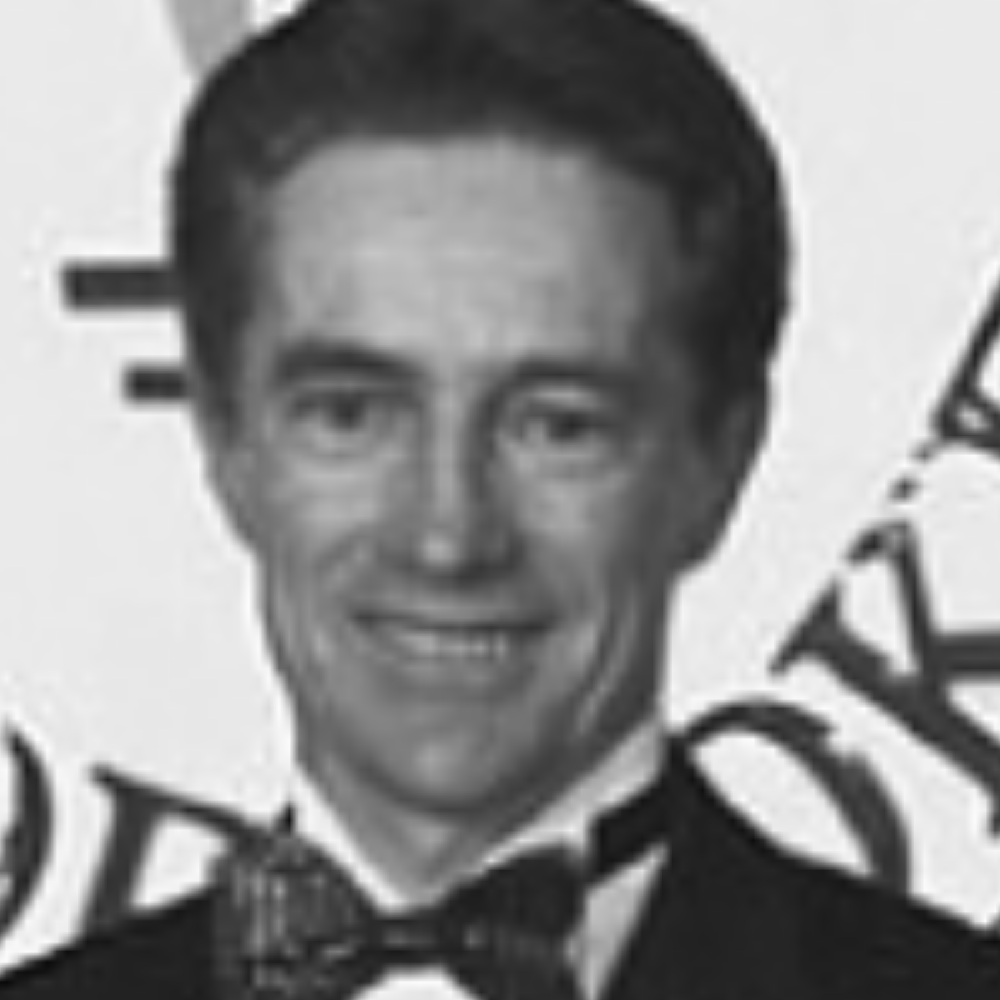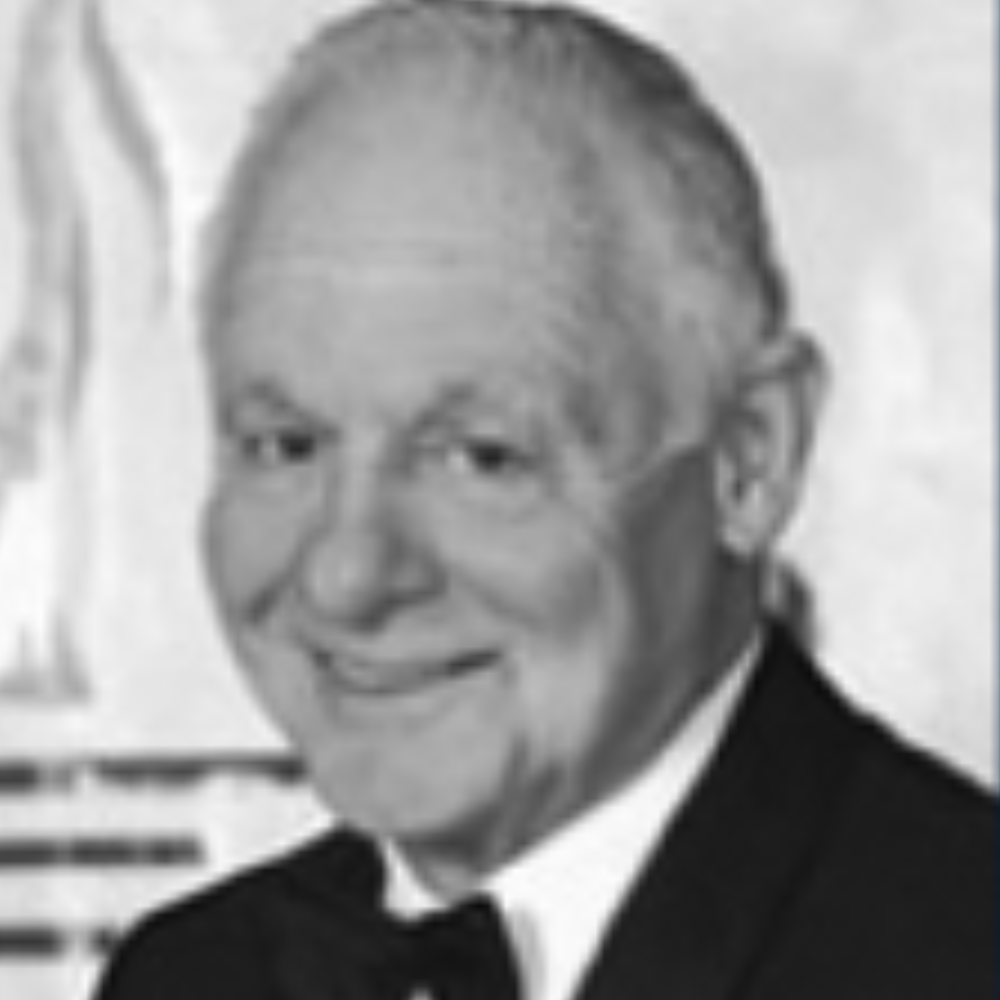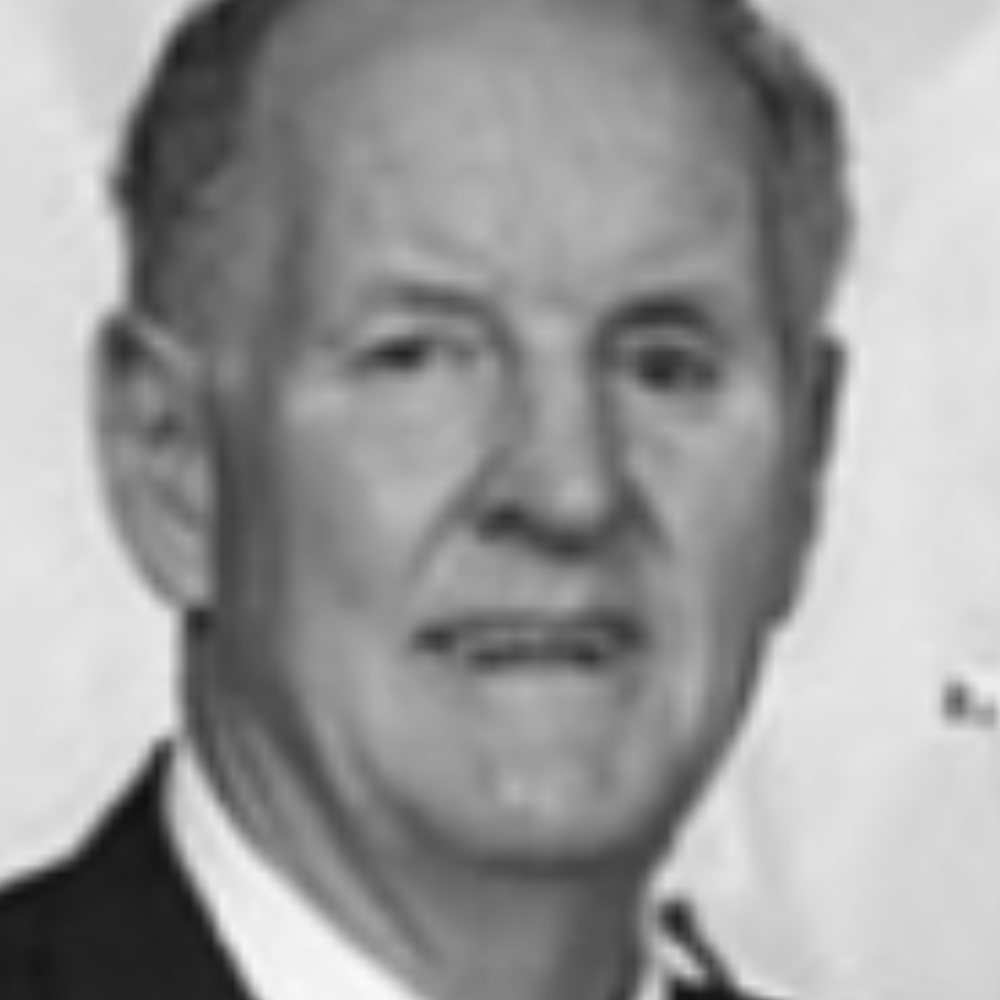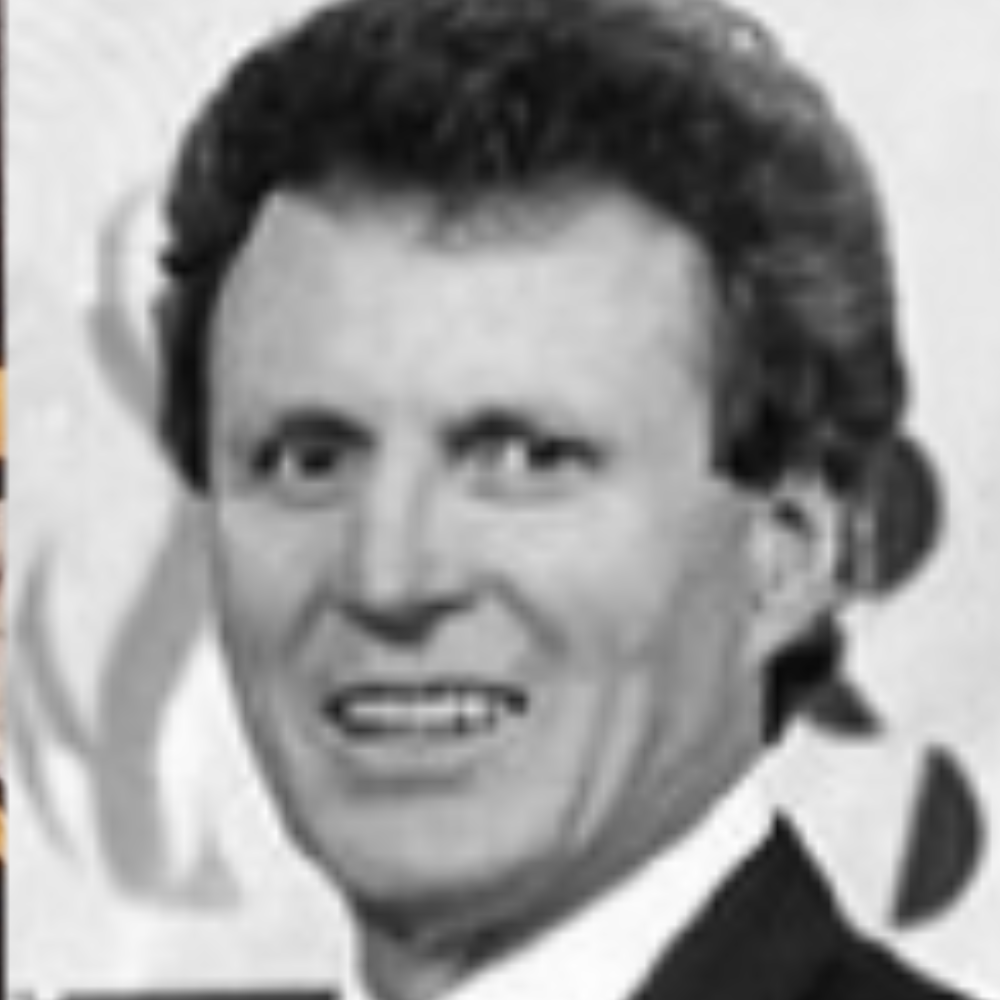Twenty-five years before the exploits of Josh Donaldson, another long-haired third baseman with a penchant for getting his uniform dirty inspired Blue Jays fans to leave their seats and cheer his latest big hit or highlight-reel play.
Kelly Gruber, who lived in Etobicoke during his time with the Blue Jays, quickly became a fan favourite, helped by his flowing blonde hair and his fearless play at the hot corner. As a mainstay of the Jays lineup in the late 1980s and early 90s, Gruber had many moments of triumph on the diamond. But it is a play that officially didn’t happen that carved out his enduring place in Toronto sports history.
In the fourth inning of Game 3 of the 1992 World Series, Devon White made a sensational leaping catch against the centre field wall to rob Atlanta’s David Justice of extra bases. “Devon went back and made a catch that made Willie Mays’ catch look like child’s play,” Gruber recalled. Thinking the ball was going to drop, Atlanta runner Terry Pendleton took off from first, inadvertently passing his teammate, Deion Sanders, who was watching the play from second base.
Pendleton was automatically out, but the Blue Jays doubled him off first base anyway. First baseman John Olerud then fired the ball to Gruber, who ran Sanders back toward second base and dove, tagging him on the ankle. That tag—seemingly confirmed by video replay—would have completed only the second triple play in World Series history. But umpire Bob Davidson ruled that Gruber’s glove hadn’t grazed Sanders’ cleat, and despite Gruber’s protestations, the call stood.
Adding injury to insult was that Gruber tore his rotator cuff while lunging to tag Sanders. When he trotted off the field he could barely lift his arm more than six inches, but four innings later, Gruber electrified the SkyDome by clubbing an adrenaline-fuelled home run to tie the game.
The Jays went on to win that game and the series, bringing the championship banner north of the border for the first time. “That’s what every child plays for. To have that come true is just remarkable. There’s not much that compares to that,” Gruber said of Toronto’s World Series win, which took the sting out of not getting the triple play call. “I would trade all that in any day for that ring, and that’s what we won.”
The title was sweet, but Gruber’s all-out style of play had already endeared him to Toronto fans. Drafted tenth overall by the Cleveland Indians in 1980, the Blue Jays claimed Gruber in the 1983 Rule 5 draft. The Texan came to Toronto with the best mullet this side of MacGyver and the raw tools to succeed in the big leagues.
One of the knocks on Gruber as a minor leaguer with Cleveland was his defense. Playing shortstop for Batavia of the New York-Penn League, Gruber made 21 errors in 61 games and hit just .217. Batavia coach Luis Isaac suggested Gruber’s quick reflexes made him better suited for third base. But that position switch didn’t happen for three seasons, during which time Gruber’s hitting suffered along with his glove work and he began to doubt that he would ever make it to the majors.
A pessimistic report from Gruber’s Double-A manager prompted the Indians to leave him unprotected in the Rule 5 draft. The Blue Jays, with Garth Iorg and Rance Mulliniks platooning at third, jumped at the chance to bring in the raw yet talented youngster, who had impressed Al LaMacchia when the Toronto scout saw him play at Westlake High School in Austin, Texas. “Gruber just stood out,” LaMacchia remembered. “You knew you were dealing with a tremendous athlete. The way he fielded. Nice soft hands. The arm. The way he hit. His stroke. It was all there, and he was just a kid.”
Gruber gets his athletic ability from his father, Claude King, an NFL and CFL running back, and his looks from his mother, Gloria, a former Miss Texas and recording artist who later married David Gruber. Gruber called his adoptive father an inspiration, saying David practiced sports with him every day and provided young Kelly with a good example of how to handle himself on the diamond and in life.
After an uneventful cup of coffee with the Jays to start the 1984 season, Gruber was sent down to Triple-A Syracuse, returning to the big club in September and collecting his first major-league hit by launching a home run over the Green Monster at Boston’s Fenway Park.
On April 16, 1989, Gruber made Blue Jays history when he hit for the cycle, recording a home run, double and triple before completing the feat with a bloop single in the bottom of the eighth inning, much to the delight of 35,000 fans at Exhibition Stadium, who gave him a standing ovation. Gruber drove in six runs and scored four times that day in a rout of the Kansas City Royals. “The cycle was very special, even though I didn’t know what the cycle was,” Gruber told Sportsnet’s Kristina Rutherford in 2014. “And thank goodness I didn’t because I’d have probably choked it. But I found out I hit for the cycle after my last hit, when I was on first.”
Coincidentally, Gruber was at SkyDome in 2001 when Jeff Frye hit for the second cycle in Blue Jays history. A smiling Gruber came onto the field after Frye’s fourth hit and gave the Toronto utility player a congratulatory hug. “For it










